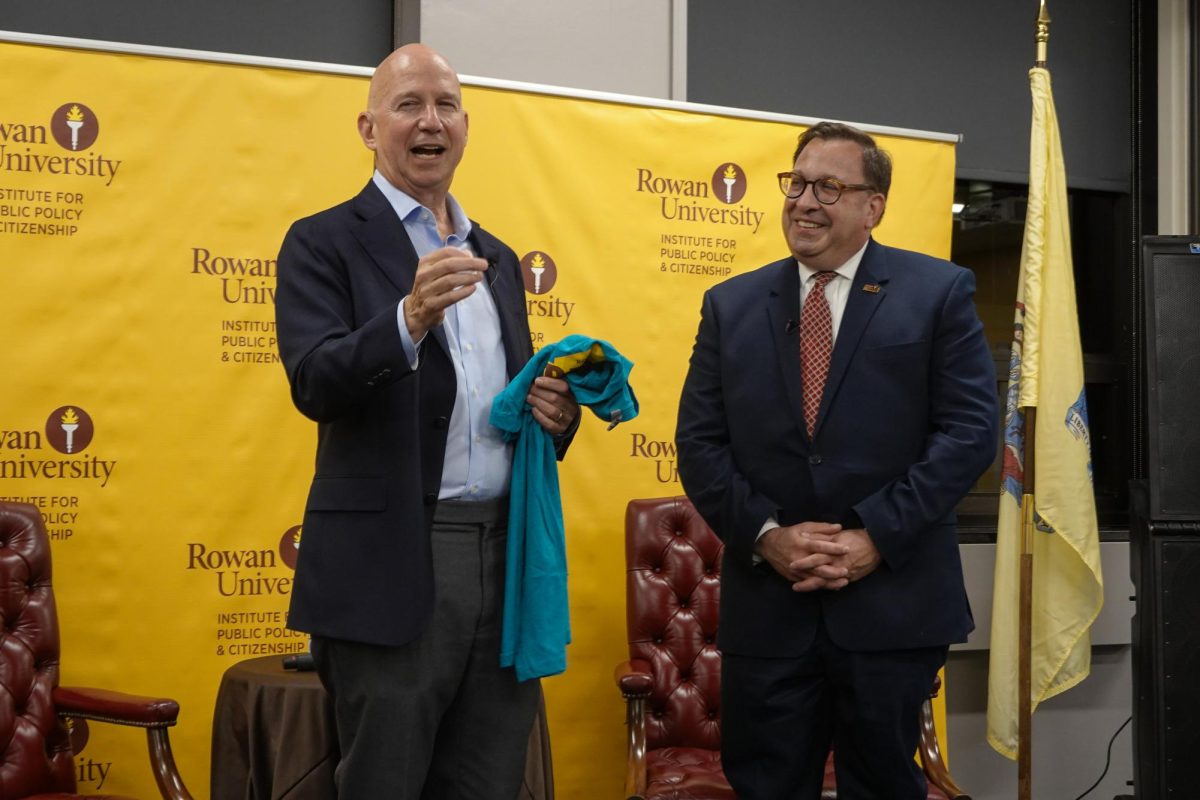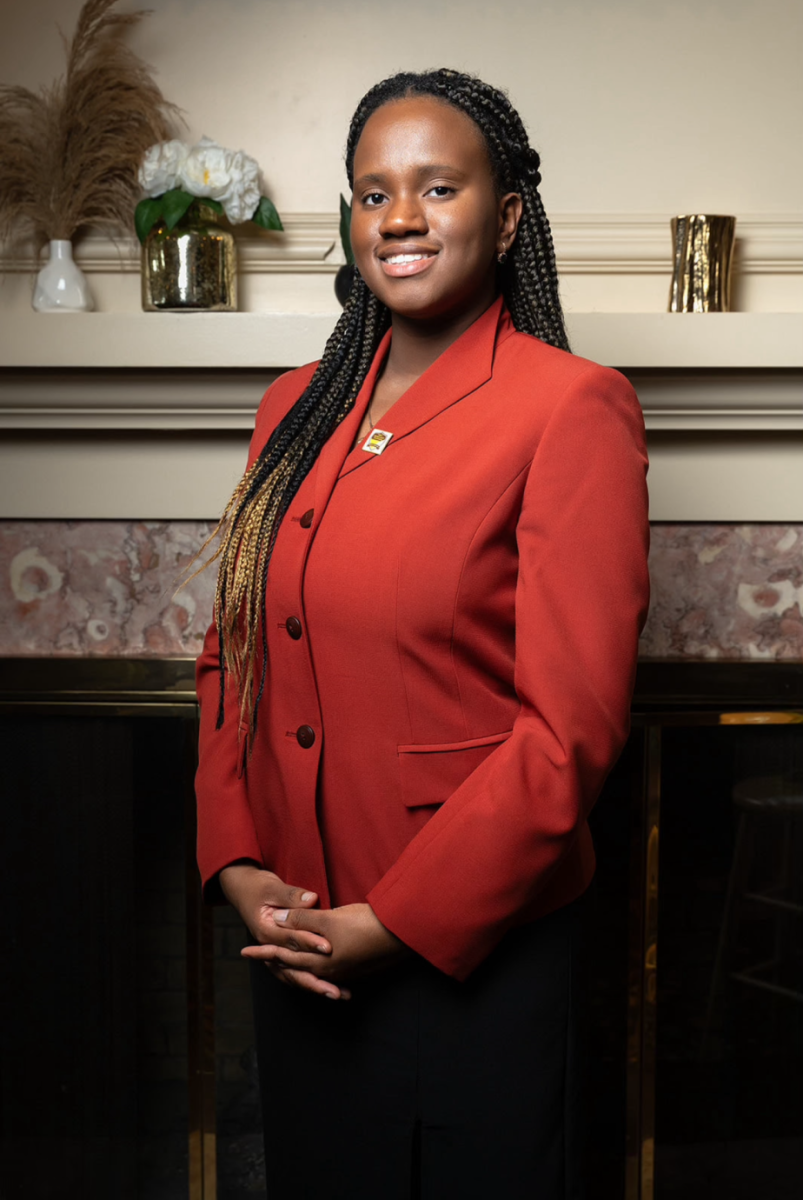Recently, African-American Republican senator from South Carolina, Tim Scott, stood on the floor of the Senate and rattled off the tweets he received from his constituents in response to his supporting the nomination of Jeff Sessions for the position of attorney general of the United States.
Without attempting to re-litigate Sessions’ qualifications for the position he now holds, I was stunned by the venom and sheer racism of the tweets directed at Scott, as he noted in his statement on the floor. Let us, for the sake of argument, accept the premise that Sessions is a racist, as his detractors would have you believe. It is not my intention to come down one way or the other on that topic, but only to illustrate that even if Sessions were a racist, it does not give merit to the racist shouts of “Uncle Tom,” “race traitor” and even, horrifyingly, “house negro” that Scott had to suffer. He mentioned at the end of his statement that he left out all tweets that included the N-word.
Presumably, given the fact that Sessions is a staunch conservative from Alabama – the hatred of whom could easily serve as a qualification for anyone attempting to enter the liberal fraternity – those offering their remarks were likely Democrats. It seems ironic to me that, in order to denounce the endorsement of a racist, racism was employed. I may be naïve, but I thought the Democrats were supposed to be the inclusive ones, hating racism in all of its forms. Of late, I am finding that the inclusiveness of the left only stretches as far as meaningless skin color, not the inclusiveness that really matters: inclusion of ideas. It seems that the umbrella of protection only extends to those individuals in a racial minority that happen to also agree with liberal dogma.
For example, since 1776, only two African-Americans have ever been chosen to sit in the most esteemed legal seat in the nation, justice of the Supreme Court. One of those African-Americans, Thurgood Marshall, happened to be a liberal; the other, Clarence Thomas, who still sits on the bench, happens to be conservative. Even the late Justice Antonin Scalia was sometimes left giggling in shock. You might rightly assume that in the Smithsonian’s National Museum of African American History and Culture both of these great jurists would at least be mentioned. You would be wrong. Only Marshall is heard from at the museum.
It seems odd to me that a man who has been a member of the court for 25 years and taken part in some of the most pressing legal battles of his time would not even be mentioned at the museum especially made to celebrate people like him. Stray from leftist dogma, and you are no longer a member of a minority. Perhaps defenders would claim that, since they already included an exhibit of the first African-American Supreme Court justice, including the second would be an exercise in supererogation. I would find this argument to be thoroughly lacking. After having over 100 justices in our history, only two of them black, it strikes me imperative to include both (especially because of the jurisprudential disagreement between the two). The same ridicule that Scott found on Twitter, Justice Thomas has also had to suffer and, as always without the hope of any media outrage in his favor. When Justice Thomas ruled in favor of George W. Bush in Bush v. Gore, comedian Janeane Garofalo had the audacity to imagine that, since Thomas is married to a white woman, he had “Stockholm syndrome.”
This is racist on its face. His voting with Scalia the vast majority of the time led to media ridicule and claims that he was in some way servile to the late justice. None of this was controversial. No racial comment made headlines. Apparently, racism only counts when it is aimed at a liberal.
This inclusive mask-on, inclusion mask-off routine is not just limited to race; it also extends to sex. During the preparation of the much-lauded Women’s March of Jan. 21 of this year, organizers created a dispute by disinviting anti-abortion groups from the proceedings. These mostly female anti-abortion groups were deemed unfit to march on behalf of their sex because, again, they did not fit in properly with Democratic practices. If one were to imagine a more beneficial model of inclusion, an abundance of ideologies would surely have been heard from. It seems odd that a march, supposedly in favor of the independent thought of women, actually actively stifled independent thought and disagreement.
What it actually comes down to is this: people on the left want women and people of color to think for themselves and act independently unless, of course, they actually do think for themselves, act independently and come to a different conclusion. That is a bridge too far. The message is all-inclusive, until it’s not.
For comments/questions about this story, email [email protected] or tweet @TheWhitOnline.



































































































































































































